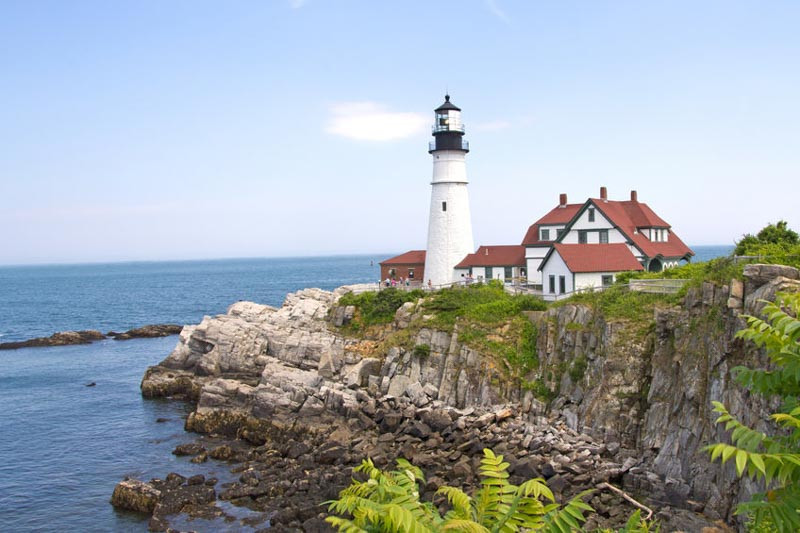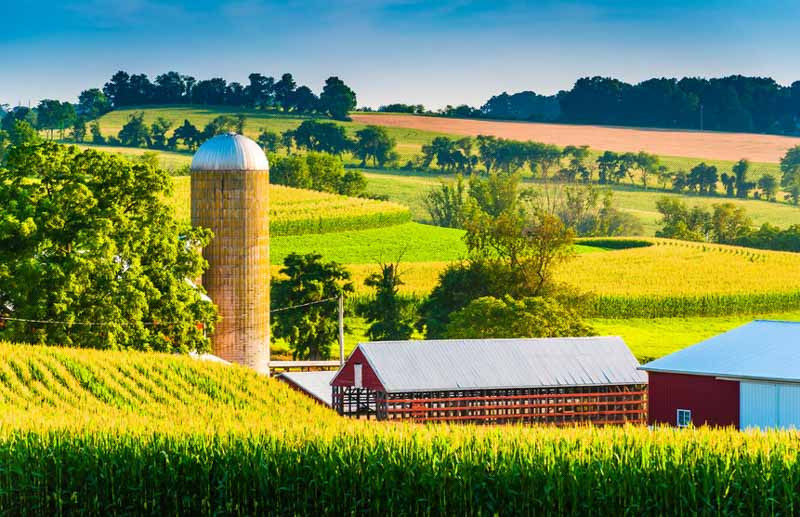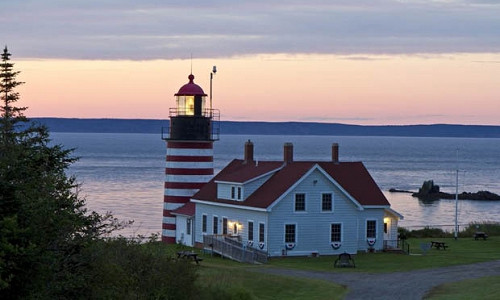Northeast: Expert Tips for Gardening Success
Gardening in the Northeast U.S., encompassing USDA Hardiness Zones 3-7 and AHS Heat Zones 1-6, presents unique challenges due to the region’s climate extremes. Here are some expert tips for success:
- Understand Your Zone: The Northeast spans various hardiness zones, each with its own temperature extremes. Knowing your zone will inform your plant selections, particularly for perennial plants.
- Choose Appropriate Plants: Many plants are well-suited to the Northeast’s climate, such as maples, oaks, rhododendrons, hydrangeas, and asters. Cold-hardy vegetables like kale and broccoli can also thrive. Choose native plants where possible for greater resilience.
- Soil Preparation: The Northeast often has rocky, acidic soil. Enhance soil structure and nutrient content with organic matter. Regular soil tests will help guide your soil amendment practices.
- Winter Protection: Winter can be harsh. Protect perennials by applying mulch and consider wrapping vulnerable shrubs. Deciduous plants often fare better than evergreens due to their dormancy during winter.
- Manage Water Needs: The Northeast typically has ample rainfall, but summer can be dry. Install a rain barrel for water conservation and ensure you water deeply but infrequently to promote strong root growth.
- Prevent Pests and Diseases: Maintain healthy plants to resist pests and diseases, common problems include black spot, powdery mildew, and aphids.
- Take Advantage of the Seasons: Celebrate the region’s distinct seasons by planting a variety of species that offer year-round interest.
- Consult Local Resources: Your local cooperative extension can provide invaluable, region-specific advice.
With these tips, you can create a thriving garden that celebrates the Northeast’s unique beauty and withstands its climate challenges.



